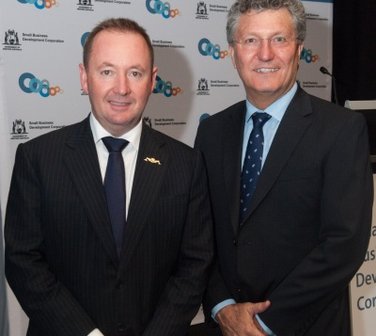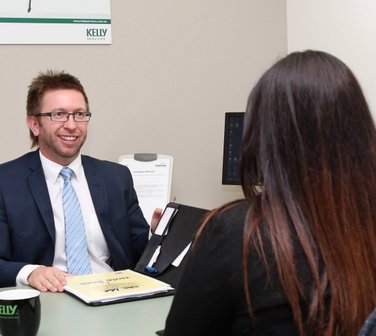All work and no play
It’s that feeling you get when the school bell has gone, and you are still stuck in the office. When you haven’t been home before dark in a week, and can’t remember a weekend where you weren’t catching up on work.
It’s the creeping sense that the balance between your working life and everything else is out of kilter.
Australians work longer hours than in most developed countries, have little say in the times we start, finish and put into a single shift, and feel helpless to stop work invading our lives.
The upshot? According to the University of South Australia’s Centre for Work + Life, which produces an index examining our work-life balance, we are rushed, tired, stressed and weary — but unable to do much about it.
“Work-life outcomes are important, ” said the centre’s Barbara Pocock, one of the authors of the Australian Work And Life Index 2010 (AWALI) report.
“Good outcomes are associated with significant reductions in turnover. They lead to higher productivity and higher work satisfaction and better health outcomes. We have shown that over the years by our index, ” Professor Pocock said.
The latest AWALI report, which examines the post-GFC period, has found that despite the economic slow-down, workers feel more out of balance than ever.
Two-thirds of women who work full time and half of full-time men say they feel rushed often or almost all of the time.
Even part-time workers are under pressure, with more than half of part-time women and a third of part-time men feeling rushed.
About 26 per cent of workers say work interferes with them having enough time with family and friends, while 24 per cent say it interferes with other activities.
And while two-thirds of Australians say they are satisfied with their overall work-life balance, that percentage is sliding each year.
There is also a gender gap reflecting different non-work responsibilities: full-time women are the least satisfied with their work-life balance, while full-time men are the most content.
Professor Pocock said the data showed women from their 30s were juggling family responsibilities — either children or parents or both —and frequently worked fewer hours than men.
But although they put in less time in paid jobs, they were stretched across a wide number of other commitments and had to juggle things to cope.
“Women are incredibly resourceful and manoeuvre around the hours they can find while they try to earn a living, get the benefits of engaging in the paid labour market and keep their life on track, ” she said.
“We are very innovative in Australia, we use part-time labour a lot more than most OECD countries, but our data tells us that seven out of 10 mothers say they are often or always exhausted, so we are a long way from having it sorted.”
Part of the problem is that official working hour figures show only part of the story. The Australian Bureau of Statistics puts the average hours worked by full-timers at 39.7 hours a week in 2009, down from 41.3 in 2000 —taking it back to the level people were working in 1979. Part-time workers put in an average 16 hours a week, up slightly from 15 in 2000.
But there is a substantial share of the workforce that works longer than they are required to, without any extra pay, and many are unhappy about the time they devote.
One in five workers puts in more than 50 hours a week, the ABS says, and nearly half of those would rather work less even if it meant a drop in pay.
The newly released How’s Life? report from the OECD puts Australia fourth among developed nations for long working hours, after Turkey, Mexico and Israel. In comparison, just one to 2 per cent of the population works longer than 50 hours in countries such as Denmark, the Netherlands and Sweden.
At the same time, Australian workers have fewer hours of leisure a day than almost all European countries, and less free time than workers in the US or Canada.
Australians spend just 3.8 hours a day on leisure time, compared to more than five hours in Norway and Denmark.
In theory, Australian jobs have generous holiday provisions, but the casualisation of the workforce means a quarter of workers cannot get paid leave.
Even in jobs where leave is available, 60 per cent of people stockpile at least some leave, with those working the longest hours most likely to put off their holidays — 30 per cent because they are too busy to take a break.
Professor Pocock said Australia’s work systems were not as flexible as they could be.
“What we have are (people) who work around the system as it is, ” she said.
“What we actually need to do is change the system. I mean, more than one in two Australian workplaces offer no flexibility in the start and finish times. We have lots of workplaces that are not even at first base.”
She said flexible thinking by employees was good but the best employers worked with their staff to develop a “menu” of work options.
“I think women and some men are very creative in making it work, but we need to make the system more flexible around absolutely predictable life events, like having a baby or becoming old or having a sick friend or parent, ” she says.
“Those are things we can predict for almost everyone in the labour force right now: they will have a significant event like these.”
© The West Australian
More Small Business news: https://au.news.yahoo.com/thewest/business/









